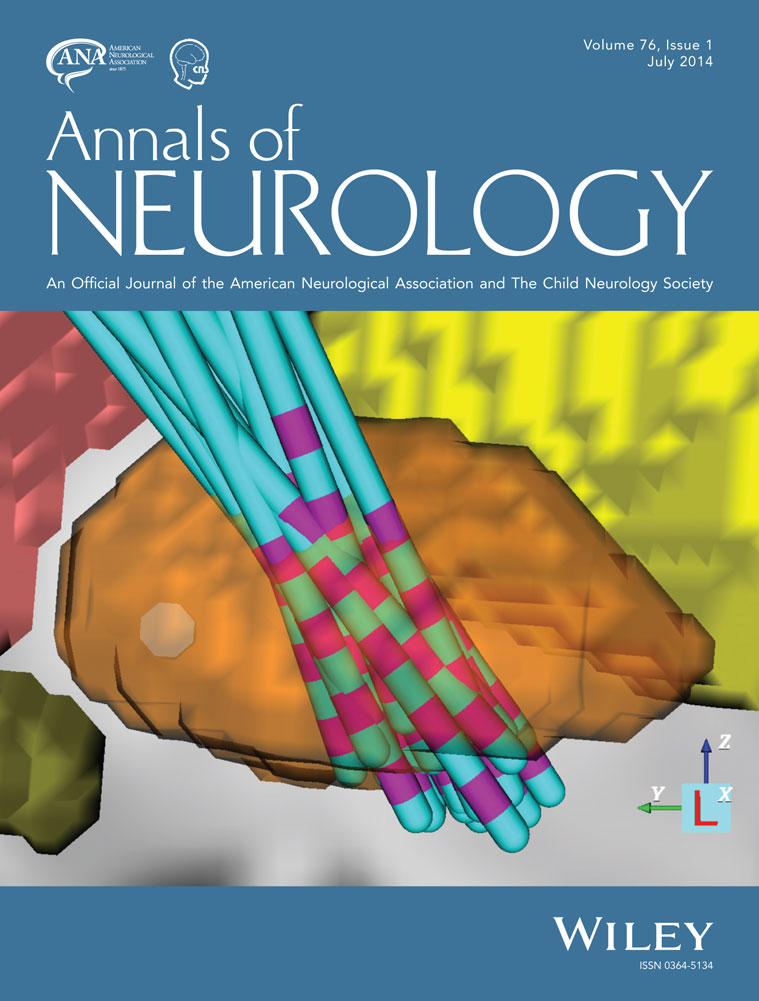Seroprevalence of autoantibodies against brain antigens in health and disease
Abstract
Objective
We previously reported an unexpectedly high seroprevalence (∼10%) of N-methyl-D-aspartate-receptor subunit-NR1 (NMDAR1) autoantibodies (AB) in healthy and neuropsychiatrically ill subjects (N = 2,817). This finding challenges an unambiguous causal relationship of serum AB with brain disease. To test whether similar results would be obtained for other brain antigen-directed AB previously connected with pathological conditions, we systematically screened serum samples of 4,236 individuals.
Methods
Serum samples of healthy (n = 1,703) versus neuropsychiatrically ill subjects (schizophrenia, affective disorders, stroke, Parkinson disease, amyotrophic lateral sclerosis, personality disorder; total n = 2,533) were tested. For analysis based on indirect immunofluorescence, we used biochip mosaics of frozen brain sections (rat, monkey) and transfected HEK293 cells expressing respective recombinant target antigens.
Results
Seroprevalence of all screened AB was comparable in healthy and ill individuals. None of them, however, reached the abundance of NMDAR1 AB (again ∼10%; immunoglobulin [Ig] G ∼1%). Appreciable frequency was noted for AB against amphiphysin (2.0%), ARHGAP26 (1.3%), CASPR2 (0.9%), MOG (0.8%), GAD65 (0.5%), Ma2 (0.5%), Yo (0.4%), and Ma1 (0.4%), with titers and Ig class distribution similar among groups. All other AB were found in ≤0.1% of individuals (anti–AMPAR-1/2, AQP4, CV2, Tr/DNER, DPPX-IF1, GABAR-B1/B2, GAD67, GLRA1b, GRM1, GRM5, Hu, LGl1, recoverin, Ri, ZIC4). The predominant Ig class depended on antigen location, with intracellular epitopes predisposing to IgG (chi-square = 218.91, p = 2.8 × 10−48).
Interpretation
To conclude, the brain antigen-directed AB tested here are comparably detectable in healthy subjects and the disease groups studied here, thus questioning an upfront pathological role of these serum AB. Ann Neurol 2014;76:82–94




